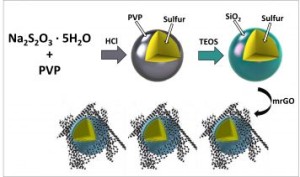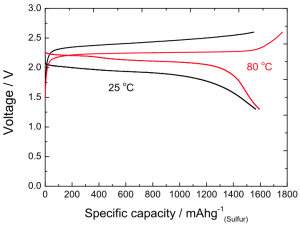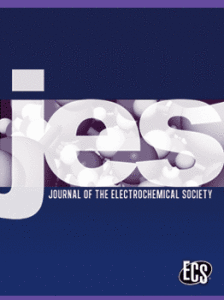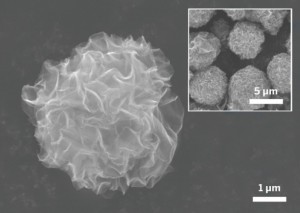Please help recognize outstanding contributions of The Electrochemical Society members to the science and technology of primary and secondary batteries and fuel cells through the Battery Division Awards Program.
Nominations are now being accepted for:
- Battery Division Research Award
- Battery Division Technology Award
- Battery Division Student Research Award
These annual awards have been established by the Division to encourage excellence in battery and fuel cell R&D, recognize promising young engineers and scientists and encourage their publication in the publications of the Electrochemical Society.
The deadline for nominations is March 30, 2015.
Before applying, please review the award rules and complete the appropriate form.
I strongly encourage you to submit your nominations. Thank you.
With my best regards,
Robert Kostecki
ECS Battery Division, Chair






